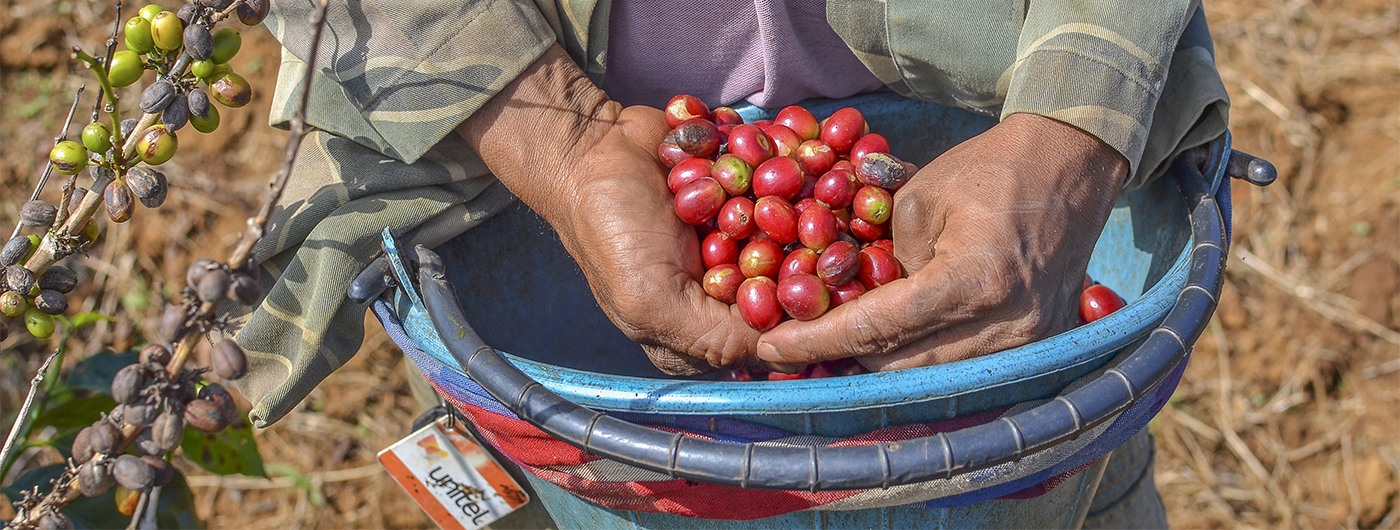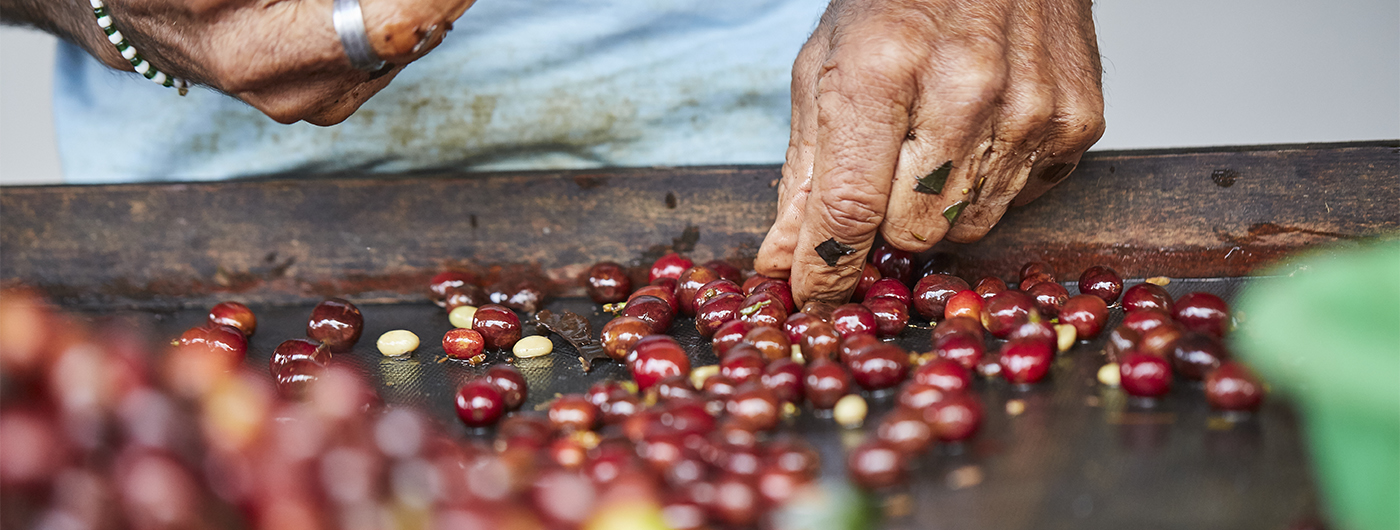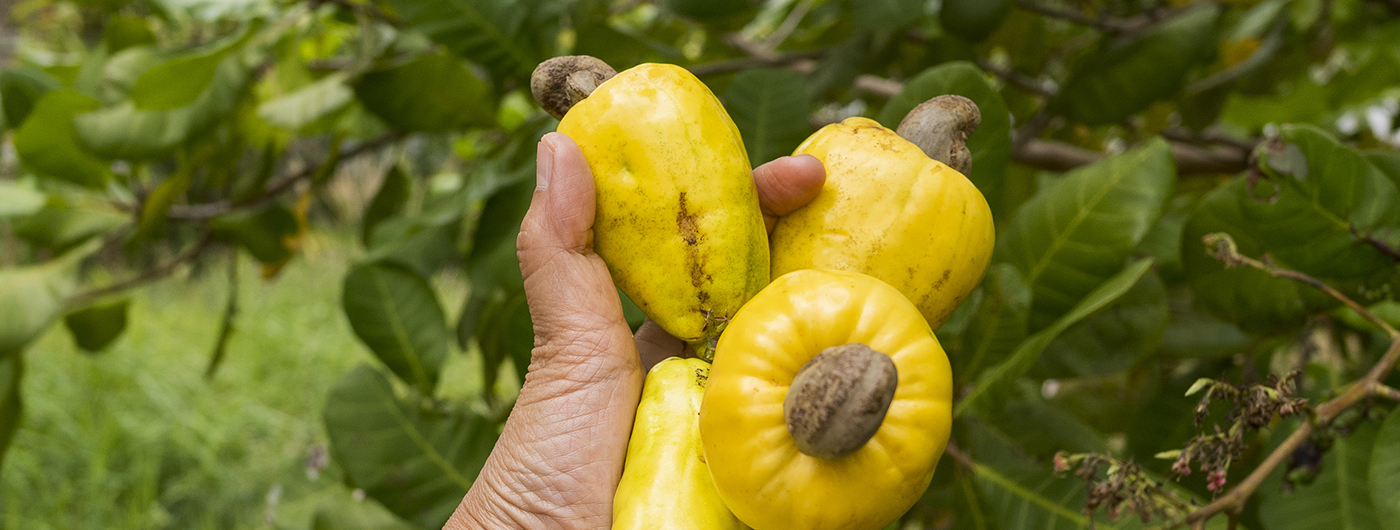

The 2024-2025 Coffee Market: High Prices and Uncertainty
The coffee market is currently experiencing significant volatility, with prices reaching record highs due to tight global supplies. This report provides an in-depth analysis of the factors influencing coffee prices and forecasts for the 2024-2025 crop year.
Current Market Trends
▬ Record High Prices: Arabica coffee bean futures on the ICE Futures US New York exchange have set consecutive record highs since late January, exceeding $4 per pound for the first time ever in the Feb. 5 session. This represents an increase of more than 25% since the beginning of the year, adding to gains of 70% in 2024. London robusta coffee bean futures also reached record highs in late January before slightly declining.
▬ Market Correction: As of February 16, 2025, arabica coffee futures traded around $4.30 per pound, a slight dip from recent highs above $4.40 per pound, as the market undergoes correction.
▬ Price Decreases: On the London floor, Robusta coffee prices recorded a sharp decrease of 59 – 68 USD/ton compared to the previous day. Similarly, at the end of the trading session, Arabica coffee prices on the New York floor also had a very sharp decrease, from 12.30 – 19.15 cents/lb.
Factors Influencing Coffee Prices
1. Supply Concerns
▬ Brazil’s Production: Brazil, the world’s largest coffee producer, plays a crucial role in global coffee supplies and prices. The country’s total crop output was seen falling to 64.6 million bags from 66.4 million in 2024/25 with a rise in robusta production partly offsetting the fall in arabica output.
▬ Lower Production: Conab, Brazil’s national food supply agency, forecasts Brazil’s coffee bean production at 51.8 million bags, down 4.4% from 2024. Arabica bean production was forecast at 34.7 million bags, down 12% from 2024, in part because it’s an “off year” in the biennial cycles that alternate between higher and lower production.
▬ Adverse Weather: Comexim, one of Brazil’s five largest coffee exporters, forecasts Brazil’s 2025 coffee production at 63.2 million bags, down 1.8% from 64.35 million bags in 2024, because of adverse weather. Arabica production was forecast at 39.9 million bags, down 12% from 2024, and robusta at 23.3 million bags, up 24%.
▬ Low Inventories: Coffee traders are worried about low inventories in Brazil, which produces nearly half of the world’s Arabica coffee. Brazilian coffee farmers have already sold about 85% of their crop this year and are in no rush to sell more.
2. Demand Factors
▬ Growing Market: The global coffee market is experiencing significant growth and is expected to reach US$96.45 billion in 2025 in terms of at-home consumption. Combined revenue in 2025 is expected to hit US$473.10 billion.
▬ Demographic Shifts: Younger consumers are starting to drink coffee at a younger age, with Gen Z beginning around 15 years old, compared to Millennials who started at 18-20 years old.
Lifestyle Choice: Coffee has become a trendy and versatile beverage, compatible with various flavors and non-dairy milks, making it popular across different age groups and cultures.
▬ Emerging Markets: Café culture is growing rapidly, especially in non-drinking emerging markets where coffee is becoming a lifestyle choice. Countries in Eastern Europe and the Middle East, such as Romania, Lithuania, Slovakia, and Saudi Arabia, are developing strong coffee cultures.
▬ Asian Demand: Asia presents significant growth opportunities, with countries like Indonesia, India, the Philippines, Thailand, and Vietnam notable as both consumers and producers of coffee.
3. Speculative Activity
The rise in futures prices has been boosted by speculators who have been adding to their long (bullish) positions.
Market Forecasts
▬ Decline in 2025: Following a 58 percent increase in 2024, the index is projected to decline by 9 percent in 2025 and an additional 3 percent in 2026 as coffee prices remain highly sensitive to global supply risks.
▬ Arabica Decline: Arabica prices are forecast to decline by 8 percent in 2025 and stabilizing in 2026. Likewise, Robusta prices are anticipated to drop by a similar magnitude to Arabica in 2025, followed by a further 7 percent decrease in 2026.
▬ Expert Predictions: A recent Reuters poll indicated that Arabica coffee futures are expected to decline by around 30% by the end of 2025, with record prices likely to dampen demand and expectations of a larger crop in the 2026/27 season.
▬ Long-Term Factors: Brazil and Vietnam need to have a high coffee crop year, which is forecast to not happen until August 2026. Demand from coffee-consuming countries must fall sufficiently due to high prices.
Conclusion
The coffee market in 2024-2025 is characterized by high prices and tight supplies. While prices have reached record highs, there are expectations of a potential decline in 2025 due to increased production in certain regions and a decrease in demand. Market participants should closely monitor supply-side developments in key producing countries like Brazil and Vietnam, as well as demand trends and speculative activity, to navigate the expected volatility in the coffee market.


